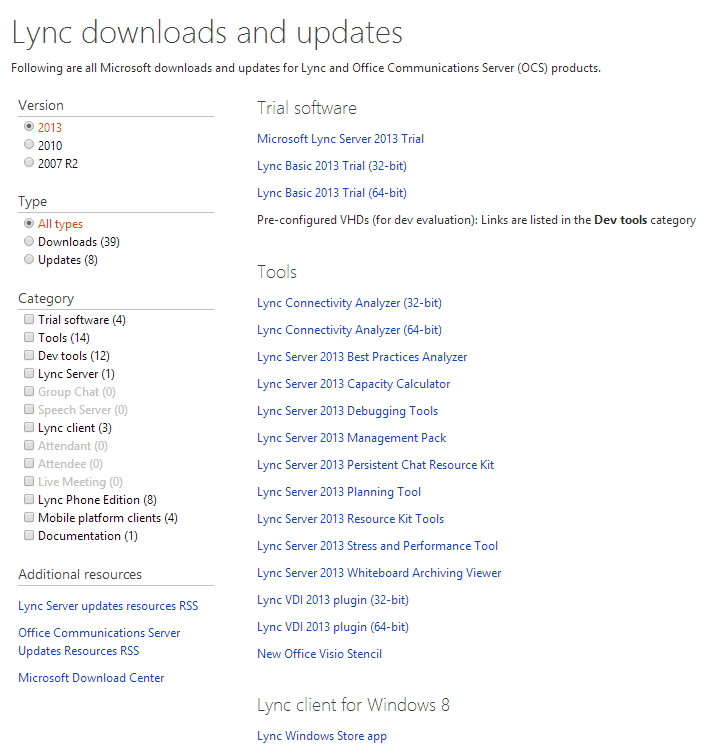
If you have installed the Microsoft Exchange Unified Messaging Call Router service and the Microsoft Exchange Unified Messaging service on the same computer then there is no need to create a trusted application pool for Outlook Web App. These new capabilities require both Lync Server 2013 and Exchange 2013.Ĭreating a Trusted Application Pool for Outlook Web App Once again, however, new functionality such as the unified contact store and high-resolution photos will not be available to Lync 2013 users. Microsoft Lync 2013 can also be used in conjunction with Exchange 2010 and Outlook 2010. If you integrate with Exchange 2010 you will not have Lync Server specific features such as the unified contact store and Lync-to-Exchange archiving. For more information, see the article Deploying On-Premises Exchange UM to Provide Lync Server 2010 Voice Mail at. Lync Server 2013 can be integrated with the Microsoft Exchange Server 2010 versions of both unified messaging and Outlook Web App.
#Microsoft lync web app download how to#
Information on how to install the UCMA Runtime can be found on that same web page.
#Microsoft lync web app download download#
If it does not, or if the registry value does not exist, then you should download and install the UCMA Runtime setup program from the Microsoft Download Center at.

The ImplementationDLLPath should point to the folder location for the file .dll. HKEY_LOCAL_MACHINE\SYSTEM\CurrentControlSet\Services\MSExchange OWA\InstantMessaging\ImplementationDLLPath You can do this by looking for the existence of the following registry value: In order to integrate Lync Server 2013 and Outlook Web App, you must first verify that the Unified Communications Managed API 4.0 Runtime has been installed in your Microsoft Exchange Server 2013 backend server. This helps the community, keeps the forums tidy, and recognises useful contributions.In addition to integrating with Microsoft Outlook 2013, Microsoft Lync Server 2013 can be fully integrated with Microsoft Outlook Web App 2013 among other things, this adds instant messaging and presence to Outlook Web App, and enables your unified contact list to be shared between Outlook Web App and Microsoft Lync 2013. (Please take a moment to "Vote as Helpful" and/or "Mark as Answer", where applicable. there is something magical happening, and UAC isn't dealing with it well.ĭoes the issue occur on a system where this tool isn't running ? Since you are seeing the file downloaded to c:\users\. (where the executable is "sandboxed" in a virtual user context/file system) Would this tool be something like Avecto DefendPoint or Bromium? It should also be noted that we are using a tool similar to AppLocker for application whitelisting and have whitelisted the (4) Lync Web App executables (LWAPlugin.exe, LWAVersionPlugin.exe, AppSharingHookController.exe and AppSharingHookController64.exe).Īny assistance or guidance would be greatly appreciated!!ĭid the "strange problem with sudden prompting" only happen after this "tool like AppLocker" was introduced, or was upgraded, or changed ? What is really strange is the "D:\Users\rtbldlab\AppData\Local\." program name which seems to indicate a problem with the MSA package.

Issue for both the 32-bit and 64-bit Lync Web App Plug-in MSI installation packages.


To install as long as we add *. to our trusted sites list and provide UDP/TCP firewall domain access for the plug-in executable (lwaplugin.exe).Īs seen in the attached screen shots we are seeing a strange UAC prompt during the MSI plug-in install which the user initiates after downloading the MSI from Lync meeting web page () the first time they go to join a meeting. We were told that the plug-in is a per-user installation and does not require admin rights We are running into a strange problem with the Lync 2013 Web App Plug-in all of a sudden prompting our users for credentials via UAC when the plug-in installs.


 0 kommentar(er)
0 kommentar(er)
